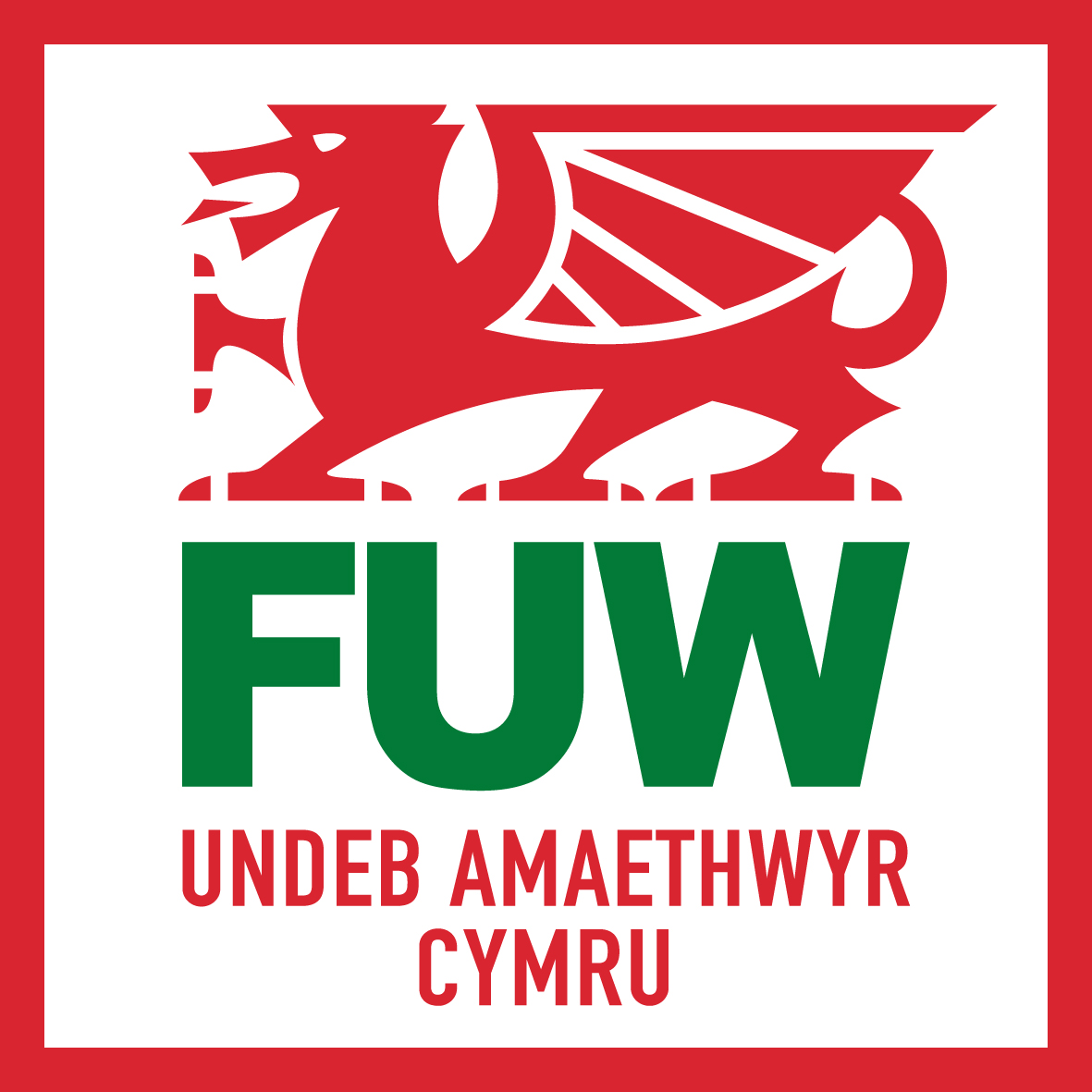 By: FUW Managing Director Alan Davies
By: FUW Managing Director Alan Davies
Back in the 1990’s I was running the business team at a company called CableTel South Wales, later to become NTL and now, Virgin Media.
We were building the first fibre networks to deliver TV and Telephone services and of course this new “big thing” called “The Internet”.
Even then we were concerned that this new connection to a “digital superhighway” could widen the gap between developed and developing regions in Wales. Has that changed? Or do we still live in a multi-speed country in terms of access to and performance of our digital lives? I think we do.
We still have over 15% of our population digitally excluded and even those that are connected many still suffer poor performance in terms of speed and reliability. Meanwhile those networks I was involved in building back in the 90s are now delivering speeds of up to 200MBps - way in excess of the 10 Mbps seen in some rural areas.
Sadly it’s our rural communities that suffer and having now worked close to rural and agricultural communities for the best part of a year I am continually disappointed that this situation still exists.
2% of our population produce around 60% of our food. Yet there is a significant part of that 2% who remain unable to connect to the internet from their farms.
To plagiarise the old joke, we seem to have created a 3 speed Wales Slow, Dead Slow and Stop. This might be tongue in cheek but it’s not far from the truth.
Those parts of the country well served are not only connected, but now have nearly two decades of benefit of internet connectivity. Digital skills are high, tech awareness is endemic and economies benefit. Inward investment is attracted, businesses “Connect” and thrive.
Meanwhile in the slow lane of rural Wales, skills remain poor as they’ve not been required until recently and the lack of mobile digital connectivity further exacerbates the challenge of getting maximum bang for the mega-bucks that have been spent on fixed line connectivity programmes.
In consequence those without a connection cannot diversify their businesses as some might do. They cannot support children with homework as many need to do and they cannot connect readily with Government programmes for advice and support payments as they are mandated to do. In simple terms they are still being ignored and the gap continues to widen.
But over and above all that, they cannot benefit from the wider impact of digital technology that is racing through many parts of the world. If you are not familiar with the digital world you will find it far harder to adopt new and innovative practices that could transform businesses.
And even those communities that are connected cannot maximise benefits. Training programmes that were available in “the early days” are no longer available for businesses today. So those late to the party through no fault of their own are penalised even more.
And while much progress has been made over the years to include more and more people in the digital world in Wales there is still more to be done; particularly to reach the most remote groups, those families that are farming our land to produce the food we eat and care so well for our natural habitat and landscapes, who can often be found in the most rural areas of Wales.
We must not underestimate how important it is that we get every part of Wales connected and exploiting digital technologies in order to ensure that we can help make farming and rural businesses more effective and efficient through that connectivity and help more people to a brighter digital future.


